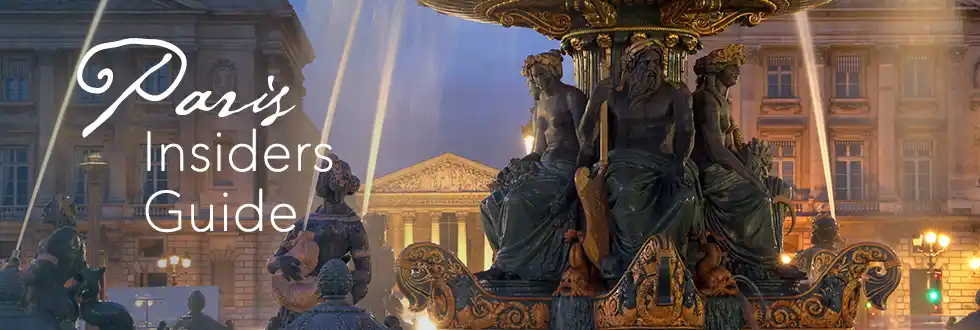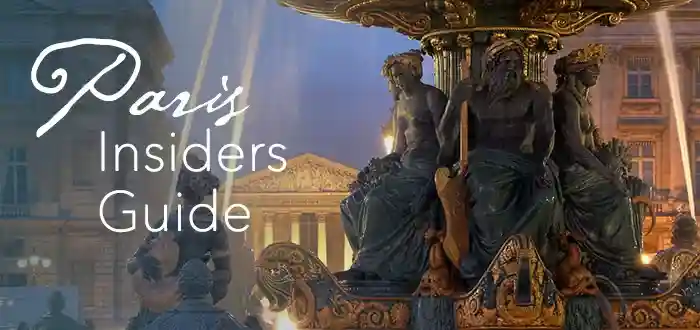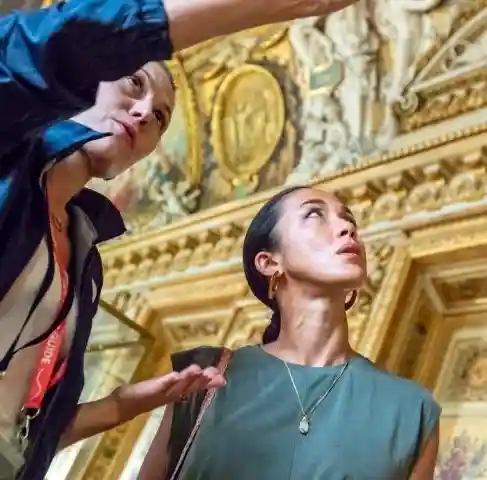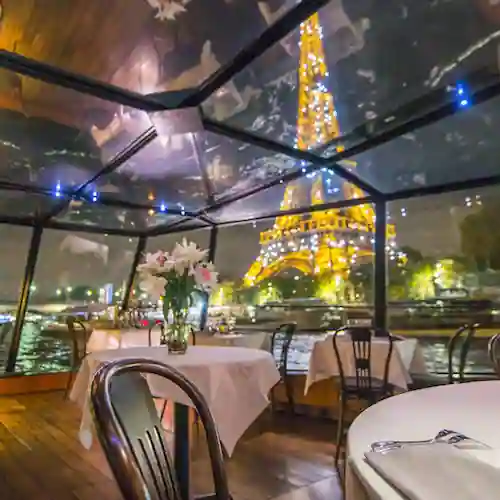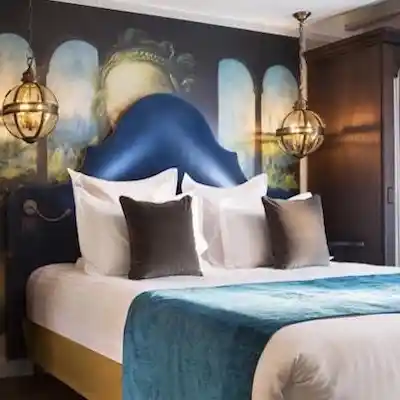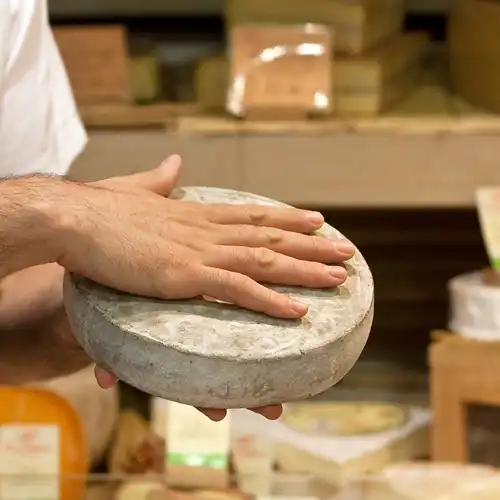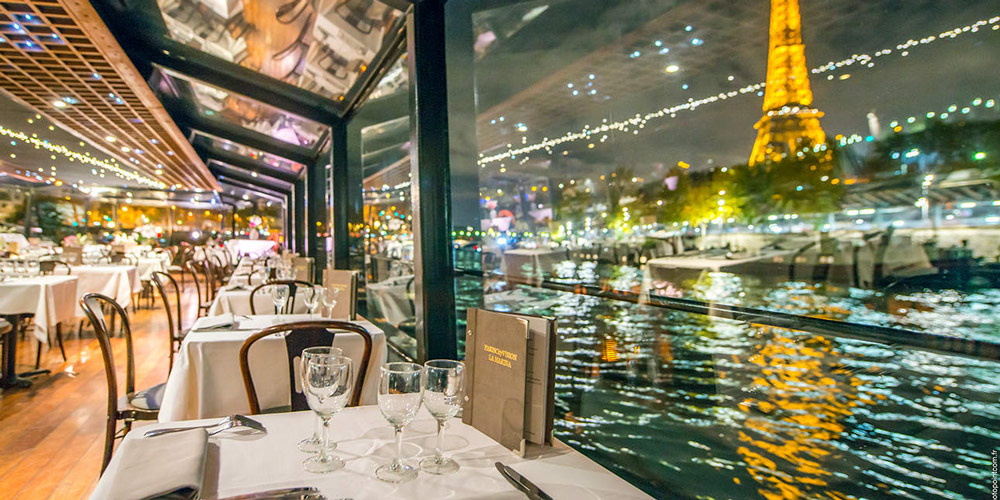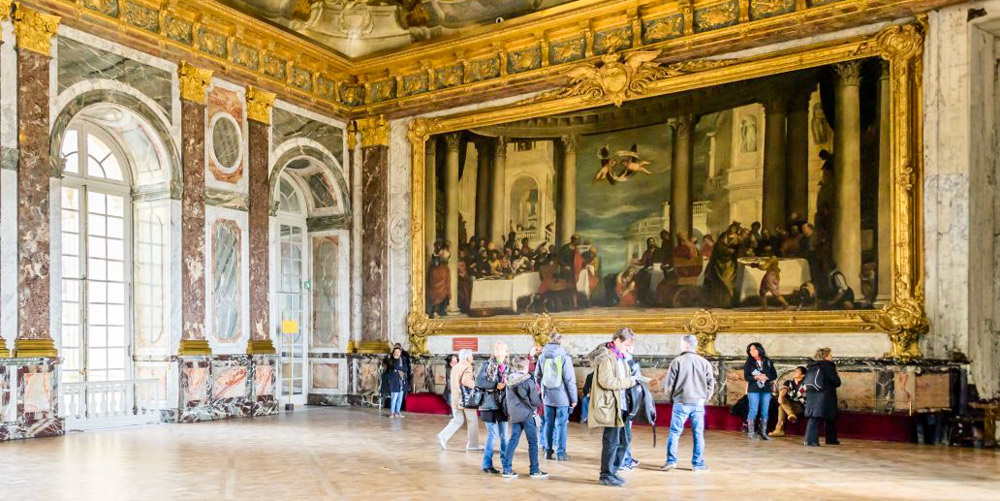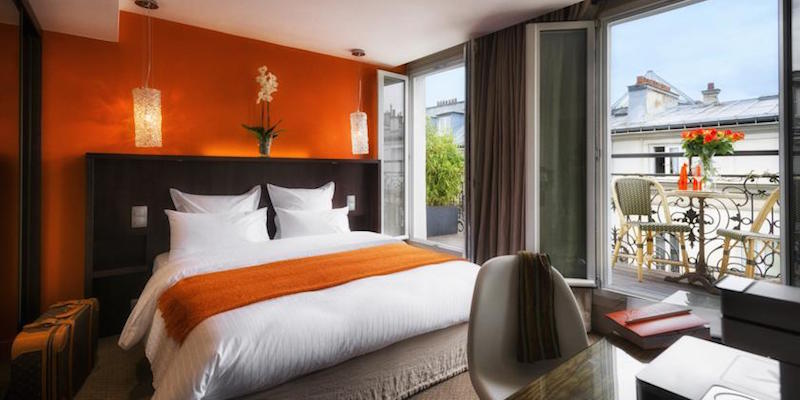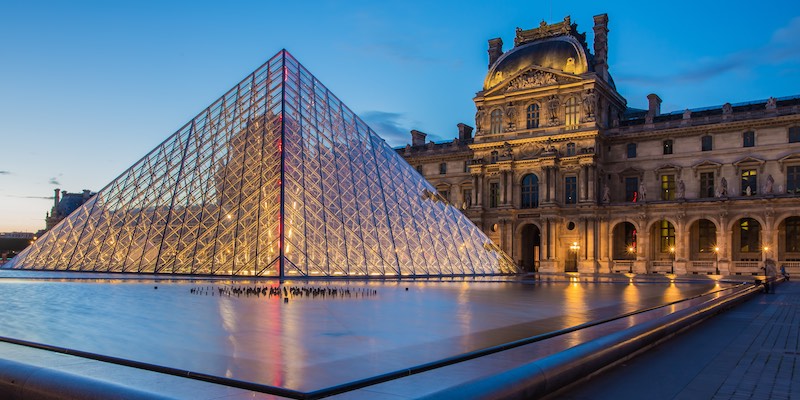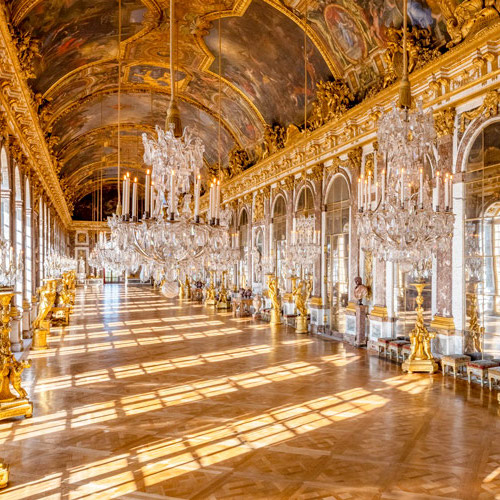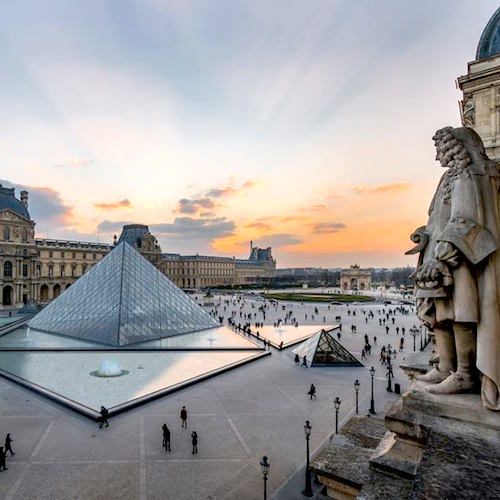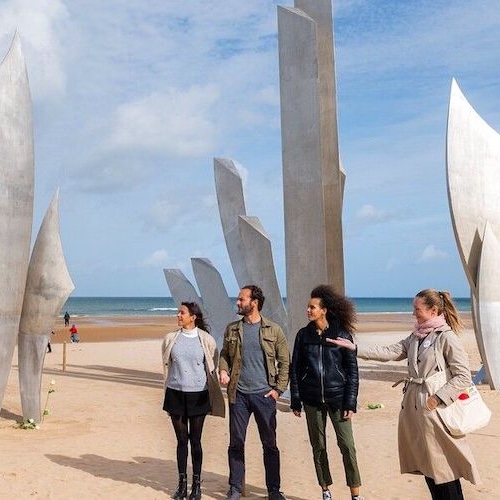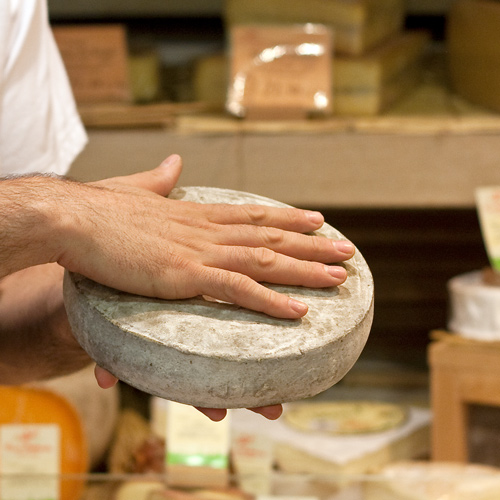Grand Palais Paris – Glass & Grandeur With A Lot Going On
Built for the grand spectacle that was the 1900 Universal Exposition, the Grand Palais Paris isn't just a monument — it's a show-off, a bold boast. Located between the Champs-Élysées and the Seine, this glass-roofed palace in Paris has long stood as a glimmering ode to art, science, and the very French habit of going big or going home. It was declared a historic monument in 2000, but honestly, it had been acting like one long before that.
These days, the Grand Palais is the scene of fashion shows, massive art exhibitions, car launches, and the odd equestrian competition — yes, horses under a dome. With more than two million visitors annually, it has earned its spot as one of the top Paris cultural venues. So let's open the heavy bronze doors and peek behind the curtain.
![]()
Discover What's On When You're Here...
• January... |
• February... |
• March... |
• April... |
• May... |
• June... |
• July... |
• August... |
• September... |
• October... |
• November... |
• December... |
Discover What's On When You're Here
• January...
|
• February... |
• March... |
|---|---|---|
• April... |
• May... |
• June... |
• July... |
• August... |
• September... |
• October... |
• November... |
• December... |
Grand Palais Paris: Three Attractions Under One Roof
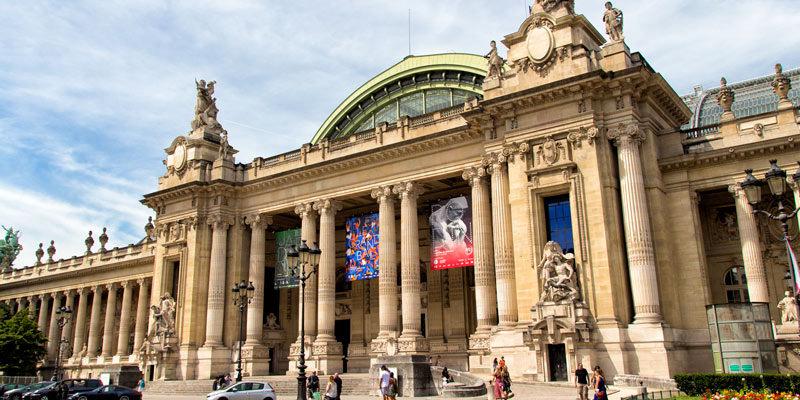 The grand entrance to the Grand Palais, photo by Mark Craft
The grand entrance to the Grand Palais, photo by Mark Craft
The Grand Palais isn't just one building; it's three personalities sharing an address. First, you've got the Nave— — the vast main space under that giant barrel-vaulted glass ceiling. Then come the National Galleries, home to blockbuster art exhibitions. And finally, there's the Palais de la Découverte, a science museum that manages to make atoms and astronomy genuinely fun.
The Nave is the architectural showstopper, a structure of iron, glass, and steel that looks like the Eiffel Tower decided to try horizontal living. It was built before electricity was everywhere, so the enormous glass roof was necessary — also very photogenic. Over the years, this space has hosted everything from Chanel runways to full-on indoor skating rinks. It's like a very elegant, very French multipurpose hall.
Next up, the National Galleries. These are two large wings where you can see exhibitions featuring art-world heavyweights: Picasso, Renoir, Gauguin, Irving Penn. Often, two exhibits run at once — double your culture, double your fun. One gallery might be oozing Impressionism while the other dives headlong into modern photography.
Then there's the Palais de la Découverte, tucked in the west wing. It's technically part of the Grand Palais but has its own energy and entrance: think science experiments, planetariums, and interactive exhibits for kids who like to press buttons (and adults who pretend they're just helping).
Our Top-Rated Paris Activities
Our Top-Rated Paris Activity
Grand Palais, Reopened & Recharged
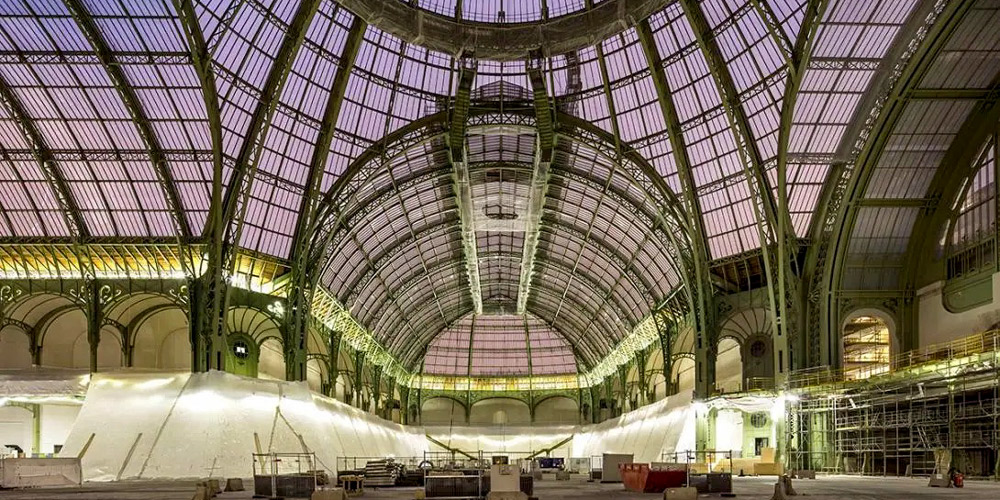 The Nave of the Grand Palais during the renovation work, photo Grand Palais
The Nave of the Grand Palais during the renovation work, photo Grand Palais
After a multi-year beauty sleep disguised as a renovation project, the Grand Palais Paris reopened in June 2025, and it's looking very well-rested. The building got a full spa treatment: restored stonework, polished glass, upgraded plumbing (even the glamorous need functioning restrooms), and state-of-the-art exhibition tech.
This huge overhaul kicked off in 2021 and was no mere patch job. The goal was to preserve what made the place magnificent while gently bringing it into the 21st century. One motivator? To be ready to host fencing and taekwondo during the 2024 Olympics. While only bits of the building were open for the Games, the full reopening now includes the glass nave, both gallery wings, and updated amenities like elevators and actual seating.
The Palais de la Découverte is reopening in phases. In June 2025, it rolled out a sparkling new children's science gallery and some clever temporary exhibitions. The big permanent displays (plus the planetarium) return in winter 2026. Until then, kids will just have to settle for playing with electrons and sound waves.
![]()
|
Paris Dinner Cruises on the Seine Dine in style as you glide past the Eiffel Tower, Notre-Dame, and the Louvre on a magical Seine River cruise. Gourmet food, champagne, and Paris lit up at night – it’s unforgettable. |
|
Paris Dinner Cruises on the Seine Dine in style as you glide past the Eiffel Tower, Notre-Dame, and the Louvre on a magical Seine River cruise. Gourmet food, champagne, and Paris lit up at night – it’s unforgettable. |
How the Grand Palais Paris Came to Be
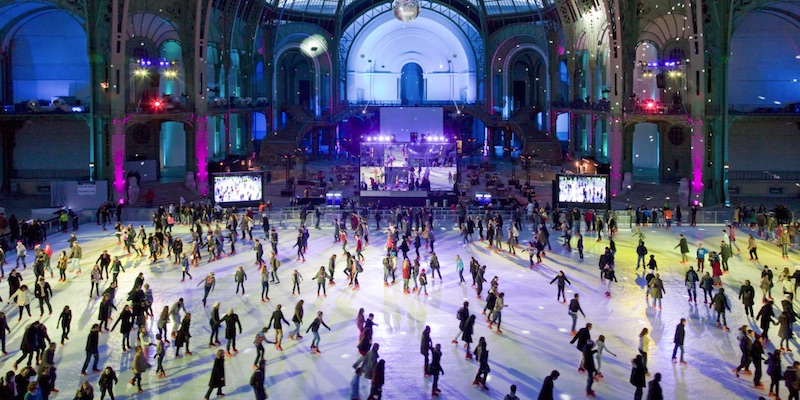 Ice Skating at the Grand Palais
Ice Skating at the Grand Palais
1894 – The Lightbulb Moment
Planning for the 1900 Universal Exposition meant big ideas and even bigger buildings. City planners decided Paris needed a new show-stopping avenue (now Avenue Winston Churchill), a bridge over the Seine (hello, Pont Alexandre III), and a massive art space. The Grand Palais was sketched into life.
1896 – Four Architects Walk Into a Project…
Instead of choosing a single winner from the architectural contest, officials handed the job to a four-man tag team. Henri Deglane got the façade and main nave. Albert Louvet took the Salon d'Honneur. Albert Thomas handled the rear wing, which would become the science museum. Charles Girault was put in charge of keeping them all from arguing and designing the Petit Palais across the street.
![]()
|
Trade Paris bustle for royal grandeur on a guided Versailles tour. Skip the lines, wander the gardens, and peek inside Marie Antoinette’s private estate. History never looked this good. |
|
Trade Paris bustle for royal grandeur on a guided Versailles tour. Skip the lines, wander the gardens, and peek inside Marie Antoinette’s private estate. History never looked this good. |
![]()
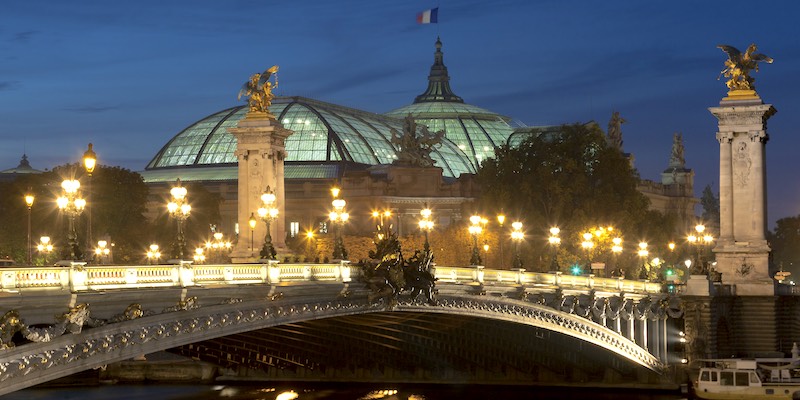 Grande Palais with Pont Alexandre III in the foreground
Grande Palais with Pont Alexandre III in the foreground
![]()
1897 – No Time to Waste
Construction didn't start until 1897, meaning only three years to build this behemoth before the the new Pont Alexandre III is being built to span the Seine over to connect to Les Invalides on the Left Bank.
1900 – Paris Pulls It Off
The Grand Palais is a hit at Universal Exposition and is praised for its blend of steel, stone, and glass. Forty contemporary artists decorated the facades of both palais with statues, mosaics, and ornaments. The blend of Baroque and Classicism ushers in the new century. Inside, in the heart of the Nave, a grand staircase — l'Escalier d'Honneur — is praised for its intricate Art Nouveau iron work.
![]()
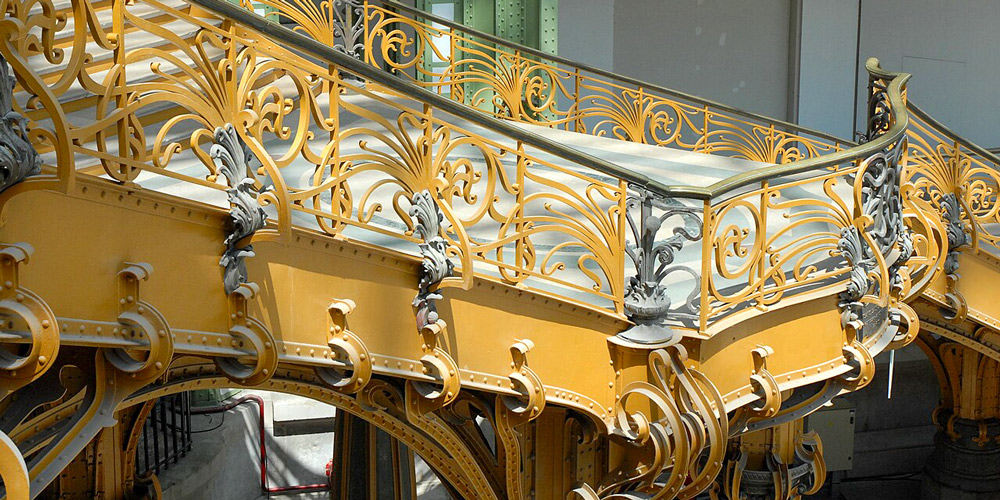 Detail of L'Escalier d'Honneur, photo Wikimedia by Jean-Pierre-Dalbéra
Detail of L'Escalier d'Honneur, photo Wikimedia by Jean-Pierre-Dalbéra
![]()
1905 – The Wild Beasts Arrive
The Salon d'Automne art show of 1905, held under the Palais's dazzling vault, stirred up scandal. Critics were appalled (and fascinated) by wild, unrestrained colors and brushwork. Henri Matisse, Georges Braque, Edouard Manet, Ingres, Andre Derain, and their cohorts were dubbed "fauves" — wild beasts. The nickname stuck.
1914 to 1918 – Science and Healing
During World War I, the art took a back seat. The Grand Palais became a convalescence hospital for wounded soldiers. Artists helped decorate the wards and even designed prosthetics. It was art therapy before the term existed.
1939 to 1944 – Nazis, Liberation & A Fire
During World War II things got darker under Nazi occupation. The Palais was used as a vehicle depot and for propaganda exhibitions. As Paris was being liberated in 1944, resistance fighters holed up inside the building. A German tank fired at the nave, igniting hay from a recent circus. The resulting blaze lasted two days. When American forces rolled in shortly after, their jeeps parked under the glass dome.
2000 – Officially Historic, Officially Loved
In 2000, the French government made it official: the Grand Palais Paris is a National Historic Monument. That opened the door to serious renovation funding and helped secure its starring role in the run-up to the Paris 2024 Olympics.
![]()
|
Browse our hand-picked Paris hotel deals with real-time discounts of up to 20%. Stay in the Marais, Saint Germain, the Latin Quarter, the Left Bank near the Eiffel Tower… every arrondissement is on the list. |
|
Browse our hand-picked Paris hotel deals with real-time discounts of up to 20%. Stay in the Marais, Saint Germain, the Latin Quarter, the Left Bank near the Eiffel Tower… every arrondissement is on the list. |
Why the Grand Palais Paris Still Matters
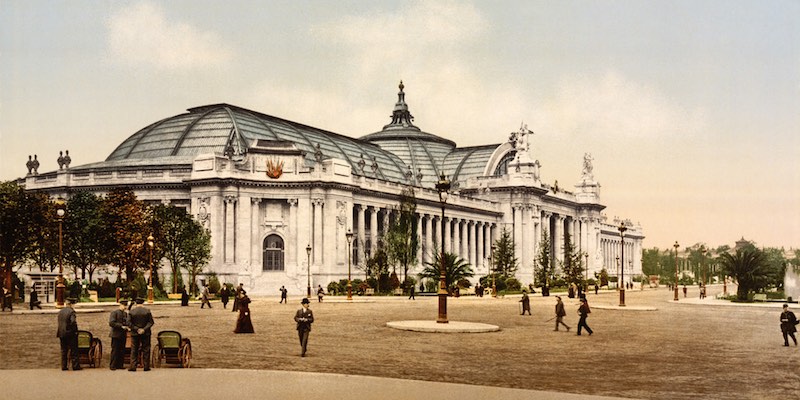 Historic photo of the Grand Palais from 1900
Historic photo of the Grand Palais from 1900
It might be more than a century old, but the Grand Palais is no dusty relic. It's Paris at its most theatrical — a mix of showbiz, science, and serious cultural clout. As part of the city's vital cultural infrastructure, it draws everyone from fashionistas and school groups to museum buffs and selfie seekers.
More than a building, it's a celebration of what France does best: design with flair, art with backbone, and history with a side of spectacle. The Grand Palais doesn't just hold exhibitions. It holds the city's attention.
![]()
|
Skip the long lines and dive into the Louvre’s greatest hits — the Mona Lisa, Venus de Milo, and more — on a guided tour that shows you the treasures without the museum overload. |
|
Skip the long lines and dive into the Louvre’s greatest hits — the Mona Lisa, Venus de Milo, and more — on a guided tour that shows you the treasures without the museum overload. |
Grand Palais Galeries Nationales – Resources
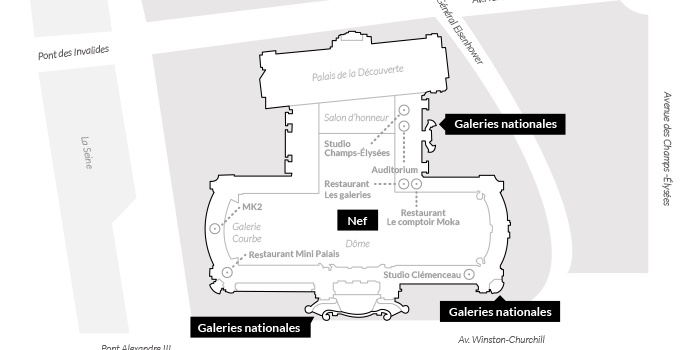 Floor plan of the Grand Palais complex
Floor plan of the Grand Palais complex
To learn about current and upcoming exhibitions at the Grand Palais galleries (where the major shows are held) visit the English website. There are three entrances to the Galeries Nationales and the one you use will vary from exhibition to exhibition.
- Avenue Winston Churchill at Avenue du Général Eisenhower
- 8th Arrondissement
- Metro – Franklin D. Roosevelt, Champs-Elysées-Clemenceau
- Grand Palais English Website…
Paris Planning Guides
 VIP to Champagne
VIP to Champagne |
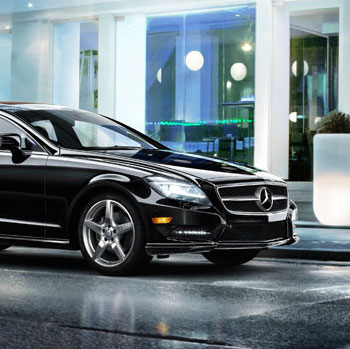 Book an Airport Transfer
Book an Airport Transfer |
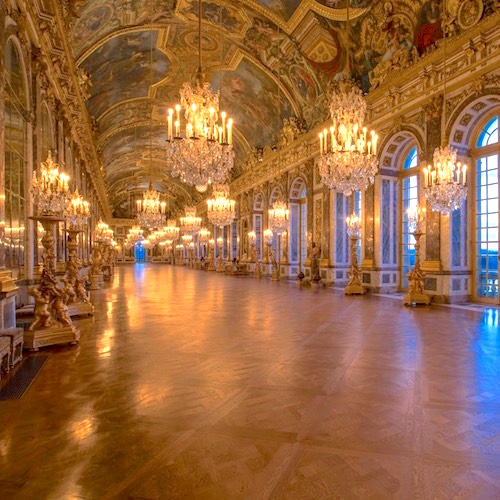 Visiting Versailles
Visiting Versailles |
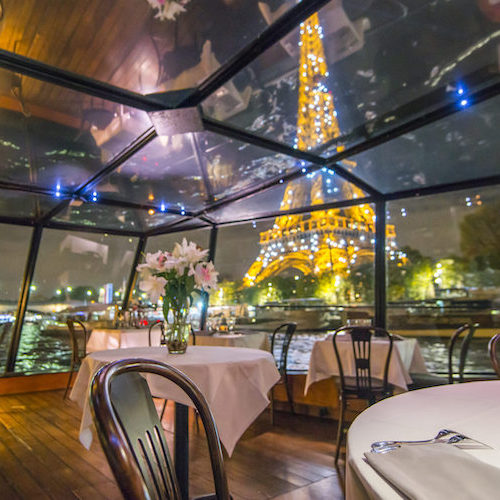 Glorious Dinner Cruises
Glorious Dinner Cruises |
